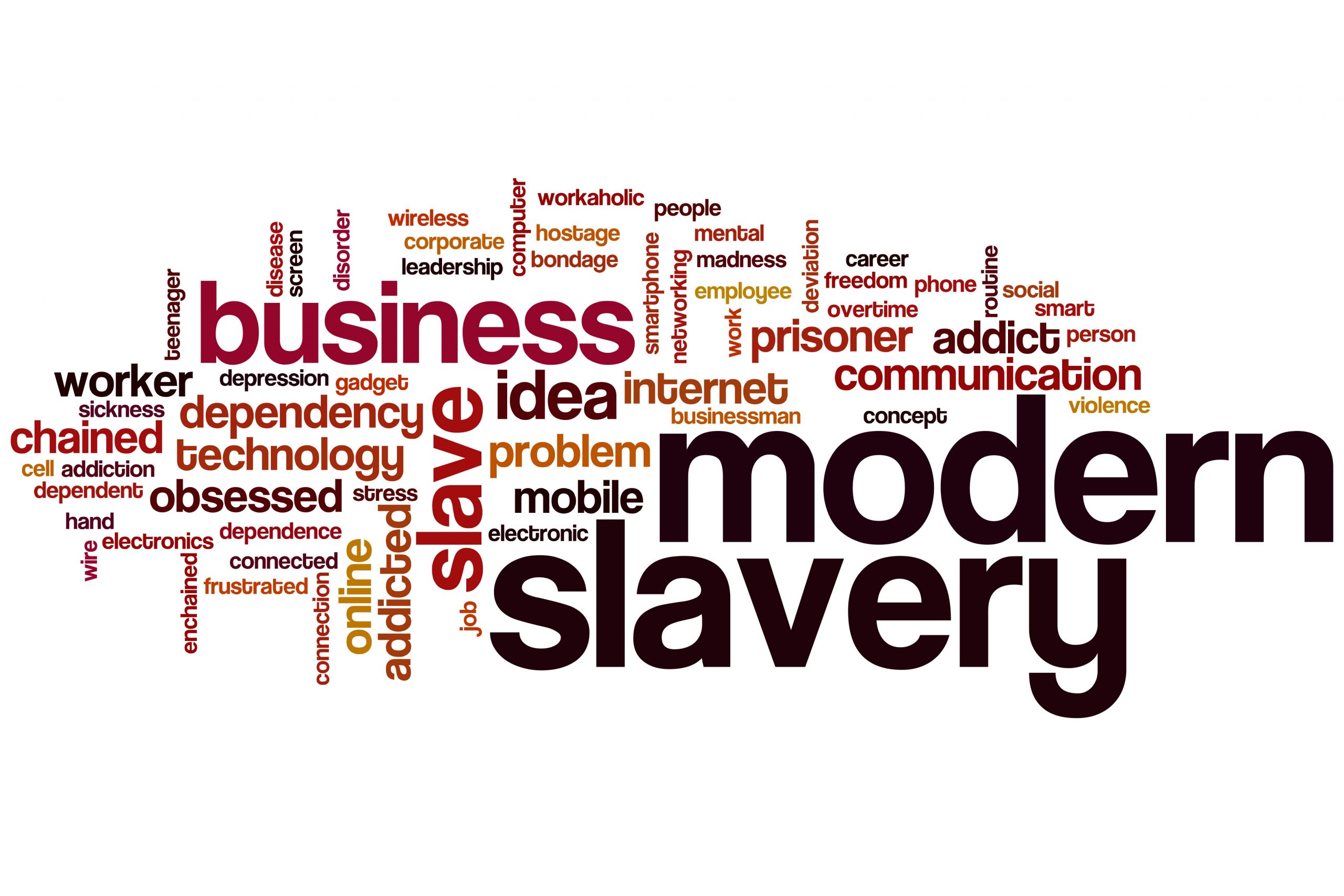Riverview takes a stand against modern slavery
While the prevalence of modern slavery in Australia may seem low, there is a growing need for our property and construction industries to be aware of the vulnerabilities they are exposed to through their extended supply chains. The Ginninderry development will span across three decades and employ thousands upon thousands of sub-contractors. To ensure our operations and supply chains have not and will not be exposed to the malicious effects of modern slavery, we commissioned modern slavery specialist Claire Harris, from Strategic Development, to conduct a risk assessment.
Claire works with businesses to identify and respond to the risk of worker exploitation in their operations and supply chains. Having researched and examined supply chains in the fashion and electronics industries over the last six years, she has extensive knowledge of modern slavery legislation, labour rights risk management and ethical supply chains.

We also had Claire answer a number of questions to help us understand what modern slavery is, where it is taking place, and what Australia is doing to combat the issue.
Q1: What is modern slavery?
Claire: Modern slavery is any situation where there’s been a deprivation of liberty. We use the term ‘modern slavery’ because it occurs differently today than it did in the 1700’s when slaves were typically physically restrained by chains. Examples of modern slavery include human trafficking, servitude, child labour, sex trafficking, forced marriage, forced labour and debt bondage.
Q2: Are there certain industries where modern slavery is more prevalent?
Claire: Modern slavery is often found in businesses and supply chains that depend on labour, and frequently low-skilled labour, as part of their operations. There’s a report by the Walk Free Foundationcalled the Global Slavery Indexwhere they name electronics, fashion, fishing, agriculture and construction as the most at-risk industries.
Q3: What is an example of modern slavery within the construction industry?
Claire: The example I use most is of migrants who come to Australia on the promise of a job that will have certain conditions however, when they get here, they find out that the job has far worse pay and conditions than what was promised. There are also instances of employers deceptively taking the victim’s passport, ultimately removing their freedom to leave.
Companies have also been known to provide their workers with accommodation. Now, although there’s nothing specifically wrong with that, sub-standard accommodation could be a sign of a worker’s freedom being restricted within the community.
Q4: How prevalent is modern slavery within Australia?
Claire: TheWalk Free Foundation estimates there are 15,000 people in Australia living in conditions of modern slavery.
Q5: Within the chain of supply, where do you see modern slavery appear?
Claire: When you talk about a supply chain, it goes all the way back to the mine that the steel was mined from. Therefore, although it may not be taking place directly within the organisation, companies may unintentionally and unknowingly be supporting modern slavery. In the property and construction industries, it is most likely to appear in subcontracted labour further down the supply chain.Hence the necessity to conduct a risk assessment.
Q6: What laws are in place to mitigate modern slavery within Australia?
Claire: Under the Modern Slavery Act, the Commonwealth government now requires businesses with annual consolidated revenue of over $100 million to report annually on the risks of modern slavery in their operations and supply chains, as well as the action they have taken to assess those risks. For companies that fall under that revenue figure, such as Riverview Projects, investigating modern slavery risks is voluntary.
Therefore, by conducting a modernslaveryassessment, Riverview Projects are getting on the front foot, going above and beyond to combat the issue.
Q7: Are there any key messages regarding modern slavery that you’d like to see communicated?
Claire: The one point I will say is that finding risks of modern slavery isn’t necessarily a bad thing. It’s great when companies find things that are not ideal because it means they’ve looked properly, and they now have an opportunity to fix it. The best thing about undertaking an exercise like this is that Riverview is taking responsibility for looking in to parts of the business that they’re not strictly legally responsible for. If you’re looking in to your sub-contractors, you don’t have control over them, but you do have a significant amount of influence.
While Claire’s risk assessment has been invaluable to the integrity of the Ginninderry project, more importantly, it’s been incredibly educational in promoting the avenues of justice within our industry. The findings from Claire’s assessment will now be used to guide future procurement, induction and awareness across all facets of the Ginninderry project.
For more information and inspiration, visit The Link building at Ginninderry (90 Stockdill Drive, Holt – follow signage and turn right onto Studio Road).


